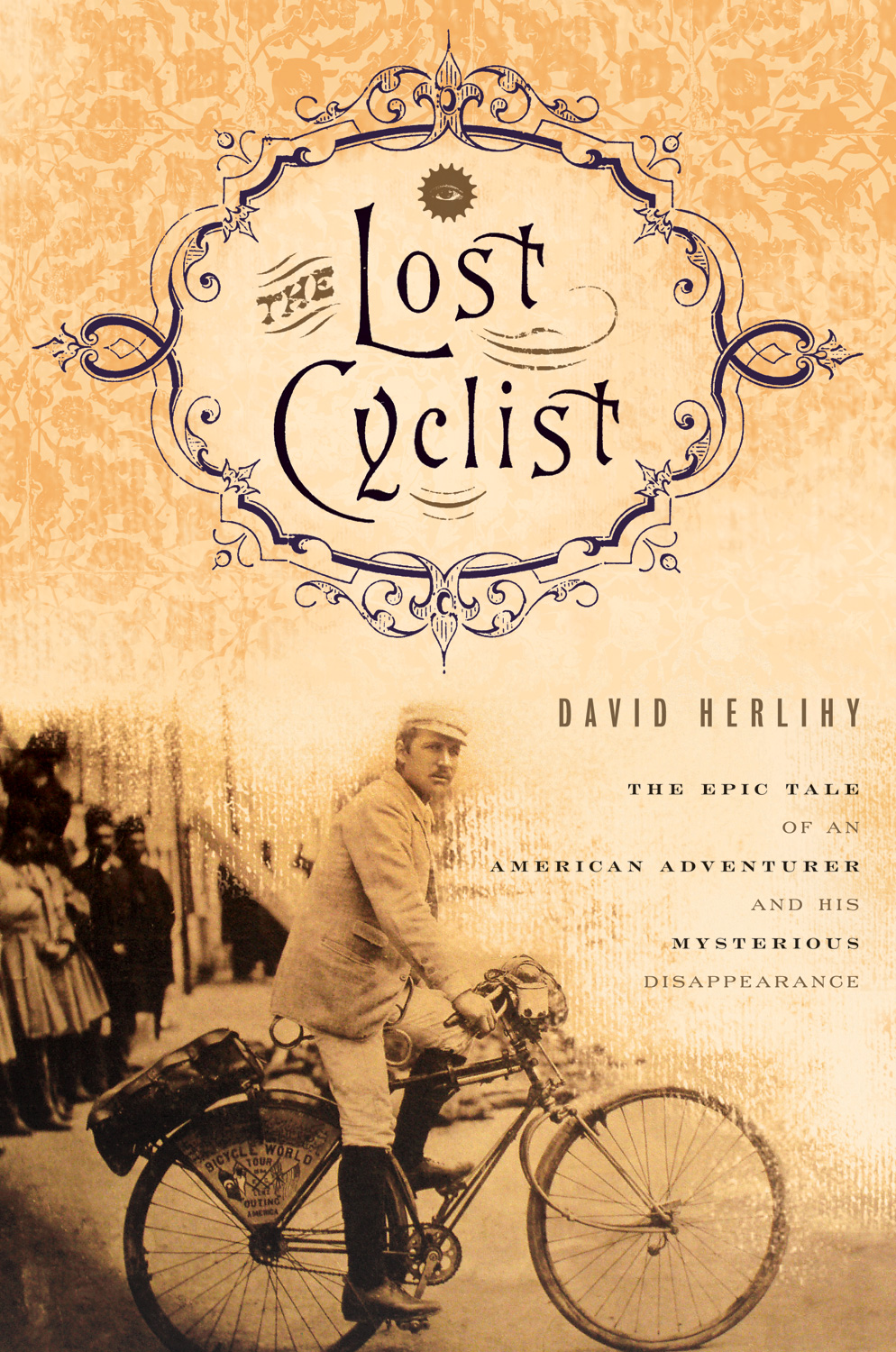By Eli Powell — I imagine that many of the readers of Cycling West have suffered the throes of the same disease that I have battled for years. The malady that goes by the name of cycling madness. The disorder manifests itself with the poor patient becoming entirely fixated with all things bicycle. They ride them whenever possible, talk about them endlessly over après ride beers. And when not riding, talking bikes or shopping for bike gear: they read. Anything on paper that tangentially mentions a bicycle can occupy the attention of such a sad case for untold hours.
I myself have dined upon such stuff. I’ve devoured cycling magazines, chewed up the latest dispatches about racing and the racers who race and supped on blogs about tragic college graduates who have found themselves while bike touring through Europe. I have even nibbled on the dry crust of technical literature. I can report honestly that derailleur spec sheets are perhaps one of the most boring reads this side of a dishwasher repair manual. Over time, for me anyway, the fever passed. In the clear light of day, I realized that I just liked to ride a bike. The written word was poor at replicating the experience that two wheels and the open road could provide. I realized that in order to read books about cycling I needed something with substance. I desired what I like in all books I pick up—good writing.
 That’s why I’m glad for books like the Lost Cyclist by David Herlihy. This book falls into the shortlist of literature about cyclists and the history of the bicycle that are well thought out, have compelling subject matter and are also well-written. It’s the sort of book that even those souls who are not regular cyclists will open and be transported on two wheeled journeys through distant lands. The accessibility of this volume is largely why I give it such high marks. It is at its core a thundering adventure story from an amazing time in the history of cycling.
That’s why I’m glad for books like the Lost Cyclist by David Herlihy. This book falls into the shortlist of literature about cyclists and the history of the bicycle that are well thought out, have compelling subject matter and are also well-written. It’s the sort of book that even those souls who are not regular cyclists will open and be transported on two wheeled journeys through distant lands. The accessibility of this volume is largely why I give it such high marks. It is at its core a thundering adventure story from an amazing time in the history of cycling.
The story follows several adventures from the late 1800s who undertook round the world cycling expeditions. This was a time when the predecessor of our modern bicycle had just come on the scene. It was not apparent at the time whether these “safety bicycles” with their two wheels of equal size and pneumatic tires were more than just a fad. The serious cyclists of the day looked down from their high wheelers with a certain amount of disdain toward these overly safe contraptions that any unskilled lout could ride. These tweed clad wheelmen would later watch as the safety bicycle became the preeminent pattern during the bicycle boom of 1890s.
It was just at this point in time when two American cyclists, William Satchelben and Thomas Allen began their trip around the world on safety bikes travelling through Europe first. Later, a young man named Frank Lenz of Pittsburgh began a solo journey in the opposite direction, riding first across the U.S. and then through Asia. These cyclists all dreamt of writing about their journeys for periodicals of the day and making a subsequent living on the speaking circuit. Cycling was new and popular enough in that day and age that a living could be made by taking a daring trip and then speaking about it to groups of other wheelmen. Both expeditions also had the most modern in photographic gear in order to capture the wider and unusual world through which they were riding. Many of these photos are reproduced in the book. These were daring rides largely because modern paved roads were nonexistent at the time. The descriptions of riding condition are amazing. For example, Frank Lenz often rode on train tracks and had to elude oncoming trains at his own peril.
During the course of the book, Frank Lenz disappears and in a storyline that is equal parts Kipling adventure, political thriller and travelogue, David Herlihy takes us along to discover what happened to him. In a compelling twist, the man who is sent to find Lenz is none other than one of the cyclists from the competing round the world expedition, William Satchelben. The story made a solid and enjoyable read.
Herlihy, who previously authored the book Bicycle: the History, brings his impressive knowledge of the development of the bike and of cycling to bear in this latest book. It’s easy to get caught up in his descriptions of a time when the bicycle was king and when town cycling clubs held lavish banquets for wheeling adventurers. The storyline of the Lost Cyclist is aided by the impressive amount of supporting materials and photos that the author has uncovered. He has clearly done his homework. Overall, the book is well worth the time. Read it and hang on for a bracing ride.








